German food - what is it? We list 25 German dishes and delicacies, while sharing our experiences of German food. From schnitzel and bratwurst to sauerkraut and flammkuchen. It's time to taste Germany!
Table of contents
What do you eat in Germany?
What to eat in Germany? We have visited Germany many times, including long journeys in our camper van. During these journeys, we have had the chance to taste a bunch of German dishes and delicacies.
The traditional food in Germany is quite hearty and often includes ingredients such as meat, sausages, potatoes and bread. The country is also known for both beer and white wine.
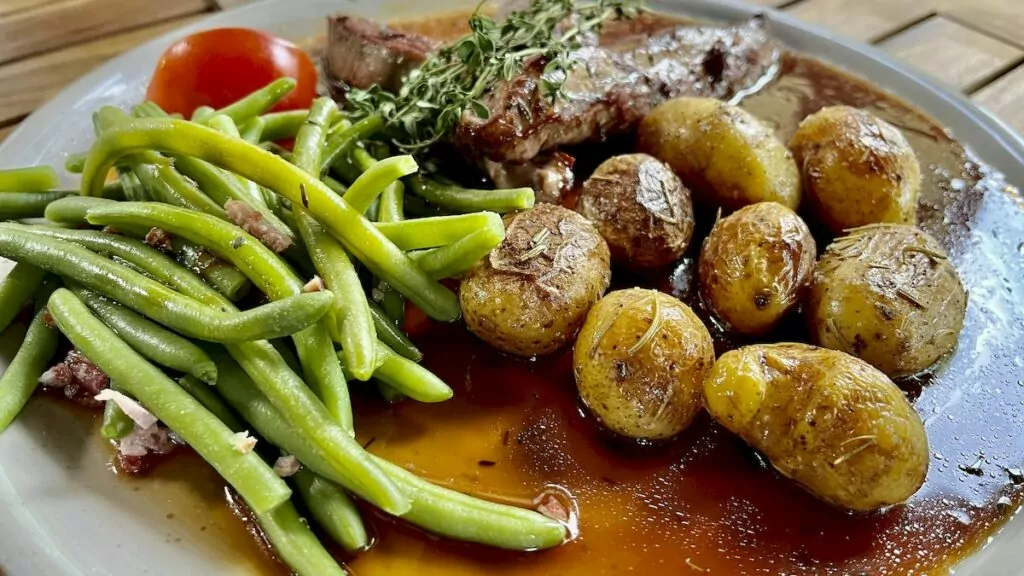
German cuisine
German cuisine includes dishes that are often flavoured with various herbs and spices, and sometimes mustard is used as a condiment. Germany is a big country, with a lot of people, so you can expect different specialities and food traditions in different parts of the country. Here are 25 German dishes and desserts from the German kitchen.
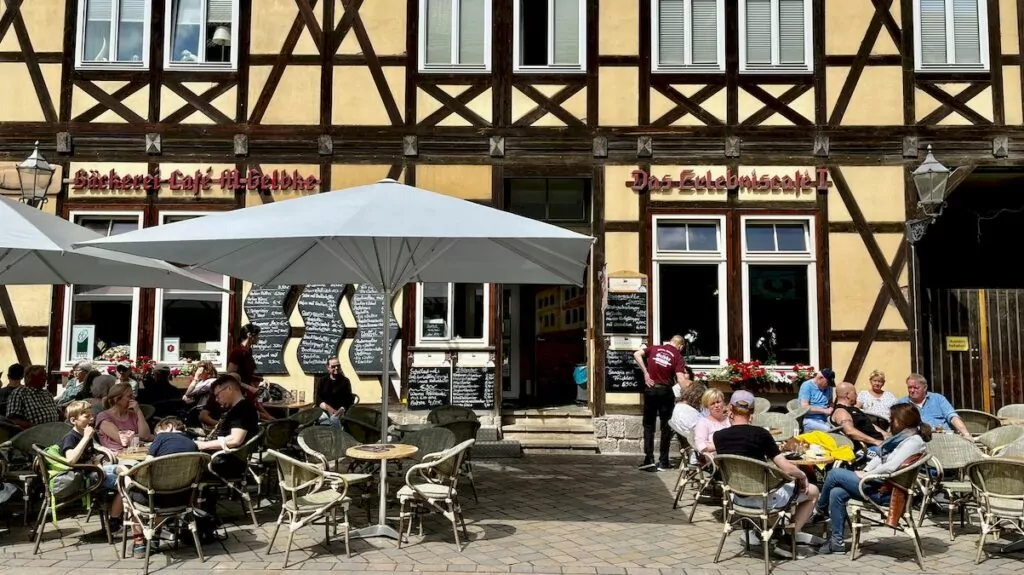
1st cutlet
Schnitzel is a Central European dish that is extremely popular in Germany. What German restaurant doesn't have a schnitzel on its menu? A so-called "wienerschnitzel" is made from veal, while other variations of schnitzel can be made from pork, chicken or turkey. A safe bet that almost always tastes good!
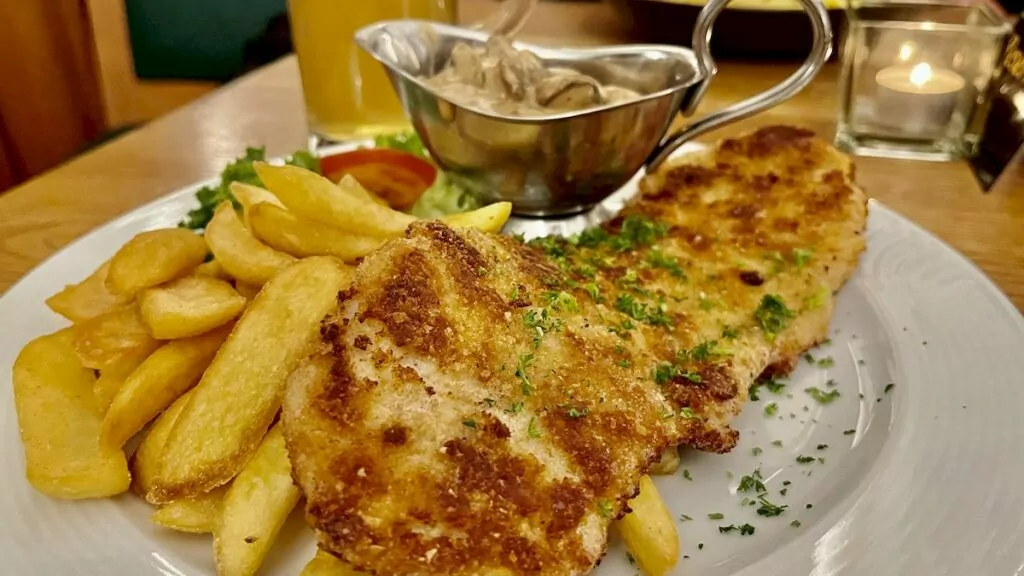
2. sauerbraten
Sauerbraten is a classic German dish, which we haven't actually tasted, but as it is sometimes described as Germany's national dish, we have to mention it. This dish is made from beef that is marinated for a long time in vinegar and spices. It is often served with boiled potatoes, spätzle or dumplings, along with gravy and red cabbage.
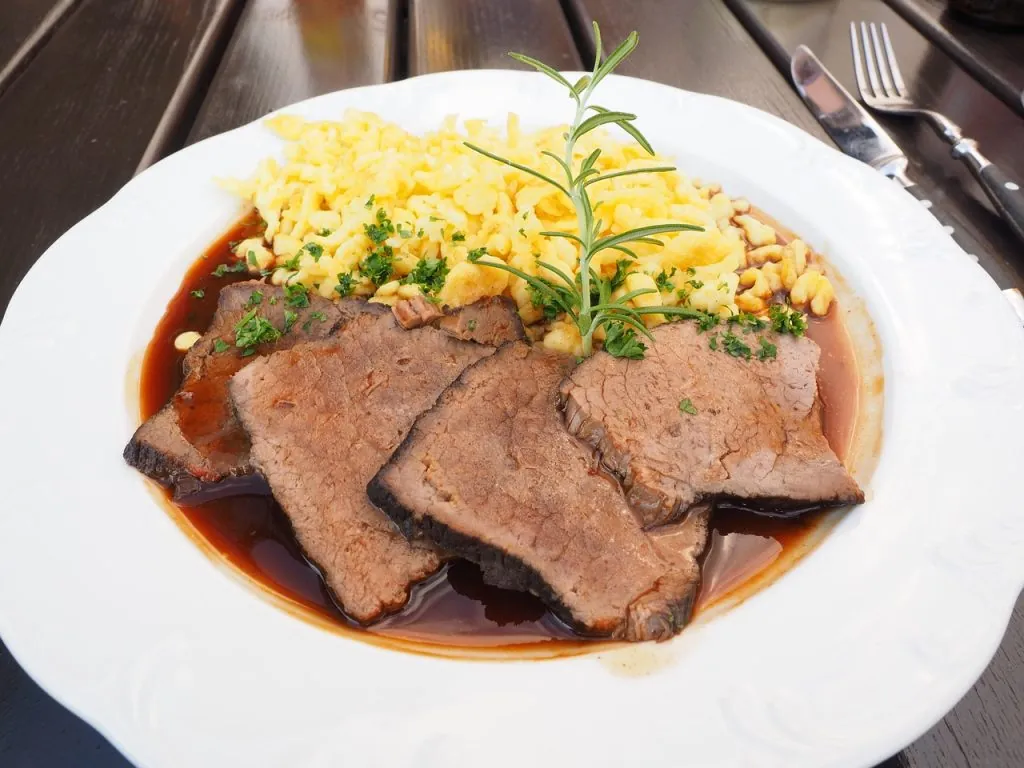
3. bratwurst
Bratwurst is a grilled sausage made from pork, lamb or beef, flavoured with spices such as garlic, cloves, cumin and nutmeg. It is often served with mustard, sauerkraut and bread, and is a popular dish at simple restaurants, markets and festivals.
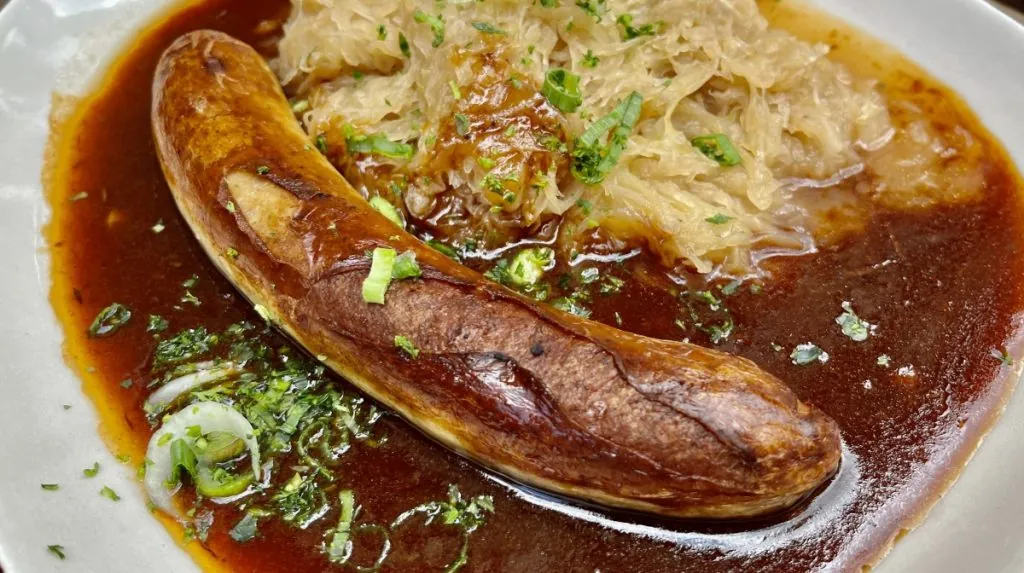
4. currywurst
One of the most popular sausage dishes in Germany is undoubtedly currywurst. This street food is made from sliced bratwurst together with tomato sauce and curry powder. Accessories can be French fries or bread. Over 800 million portions of currywurst are consumed in Germany every year, and the dish is particularly strongly associated with Berlin.
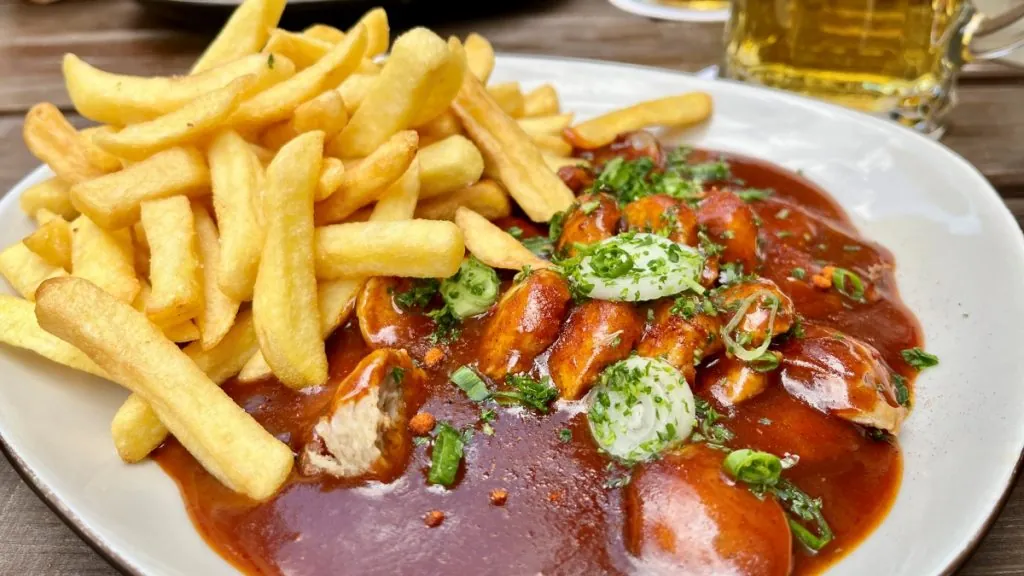
5. More German sausages
Germany is the land of sausages, and in addition to bratwurst and currywurst, there are many other types of sausages. According to several online sources, there are no less than 1500 different types of sausages to choose from in Germany. Some examples of sausages you can try are Frankfurter, Weisswurst, Thüringer Rostbratwurst and Nürnberger Rostbratwurst.
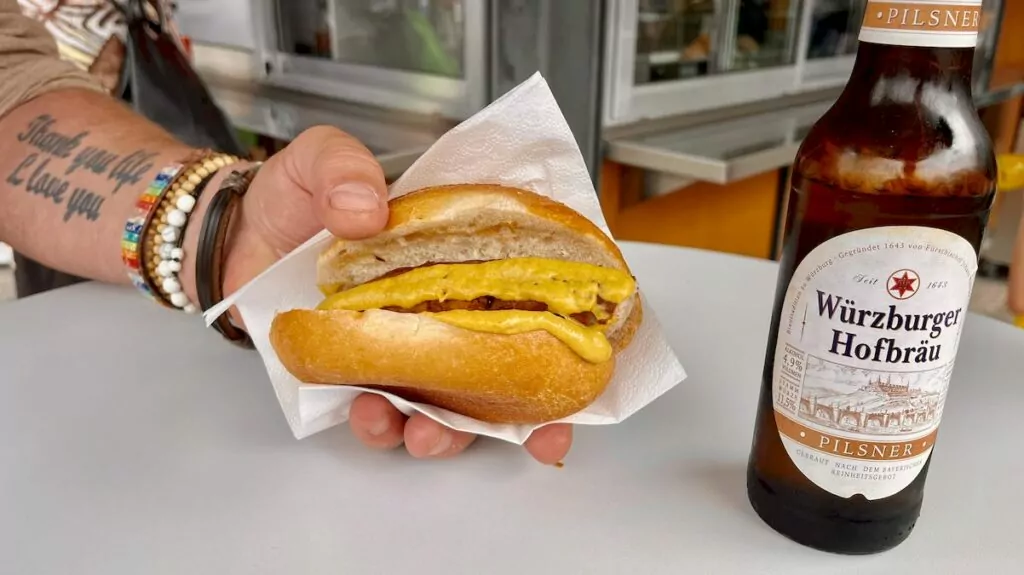
6. knuckle of pork
Schweinshaxe, or pork shank, is also a classic German dish. This dish is cooked slowly until the meat is tender and juicy. It can be served with potatoes, sauerkraut and mustard. It is particularly popular in Bavaria, in the southern part of the country. Unexpectedly delicious!
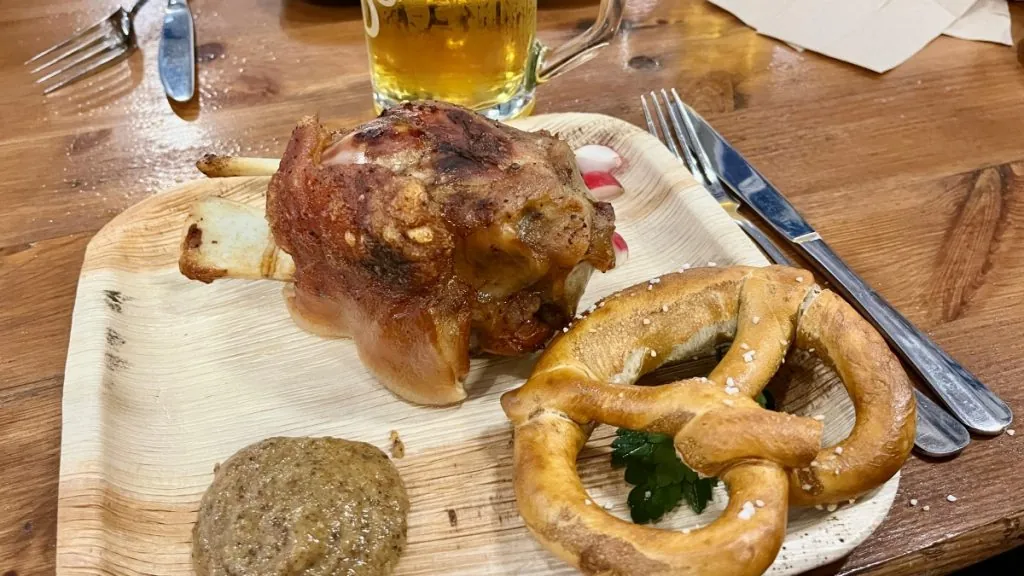
7. stew
Eintopf is a typical German soup or stew, and is one of those classic German dishes that we can't remember trying. The ingredients can vary, depending on where you are in the country. You can expect some form of meat or sausage alongside potatoes, pulses and vegetables, for example.
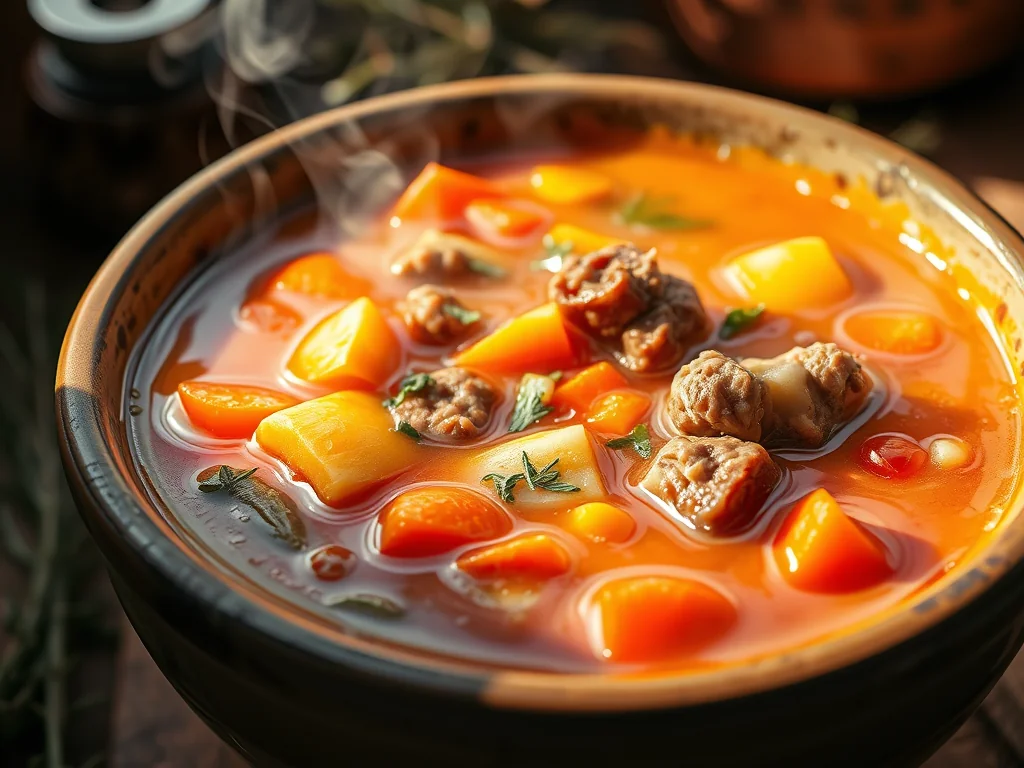
8. Sauerkraut
You can't talk about German food without mentioning sauerkraut, or fermented cabbage. This German side dish is extremely popular and is served with various types of meat and sausages.
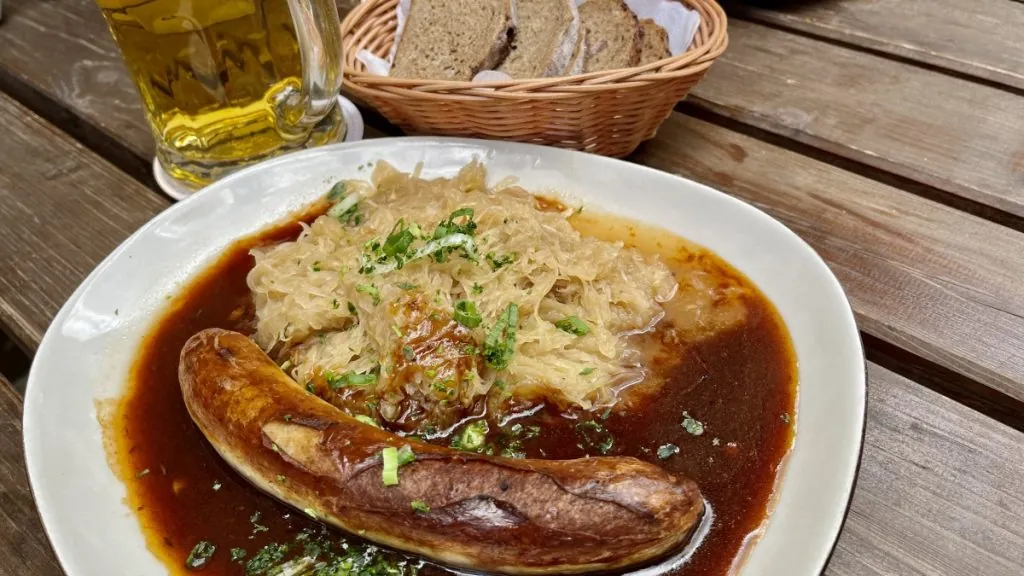
9. Spätzle
Spätzle is a type of pasta that is popular in southern Germany, Switzerland and Austria, among other countries. It can be served as an accompaniment to meat or sausages, or as a vegetarian dish on its own, for example with roasted onions. Sometimes Spätzle is served with cheese, in which case the dish is called cheese Spätzle.
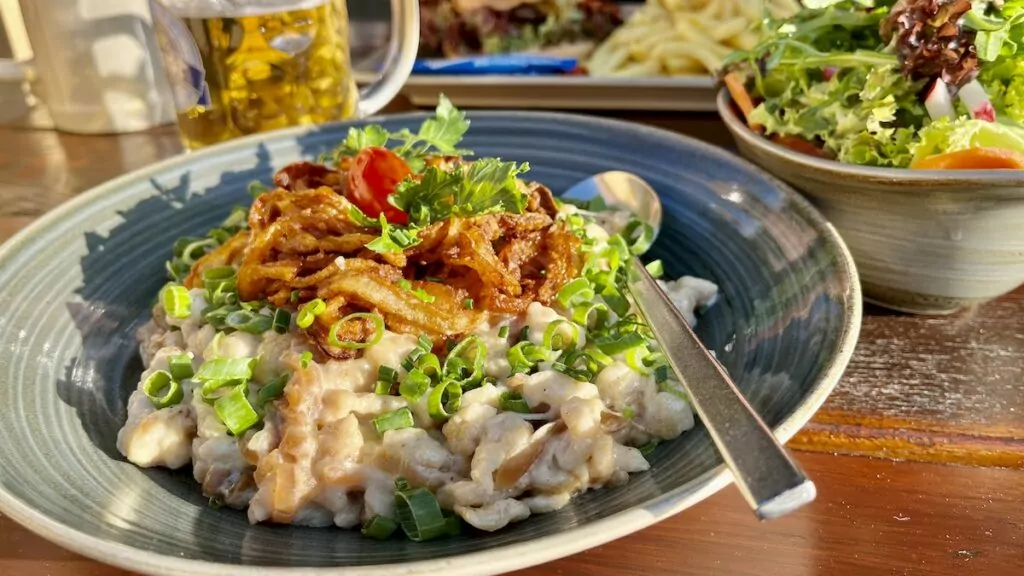
10. potato pancakes
Kartoffelpuffer are small round potato pancakes, made from grated potatoes with eggs and onions, reminiscent of what is known in Switzerland as rösti. This dish can be served as a side dish to meat or fish, and we have eaten it together with cold smoked salmon several times. It's delicious!
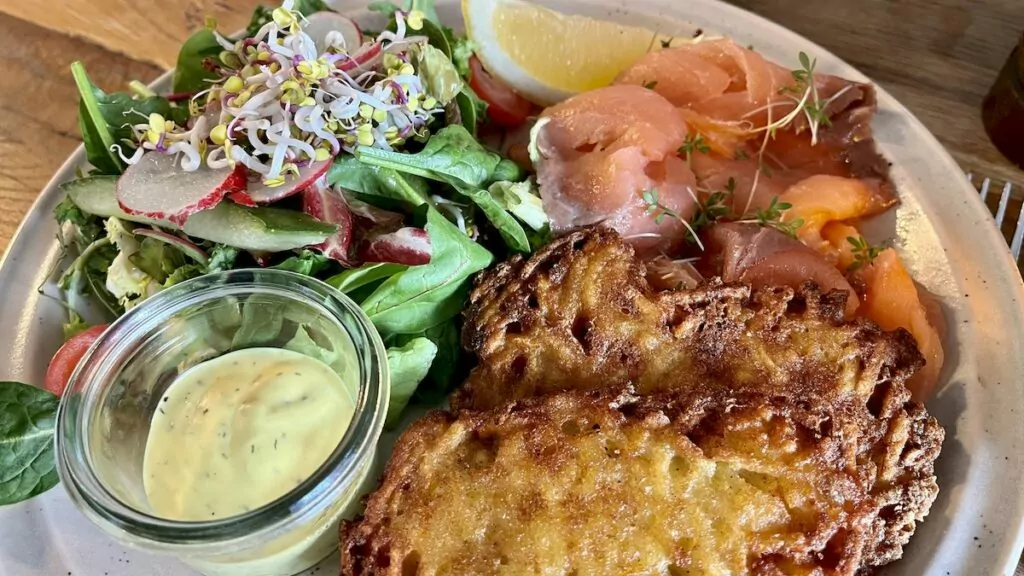
11. potato soup
Potatoes are popular in Germany and can be served in many different ways. For example, it is common to find potato soup, as a starter, on many menus. Often delicious in all its simplicity!
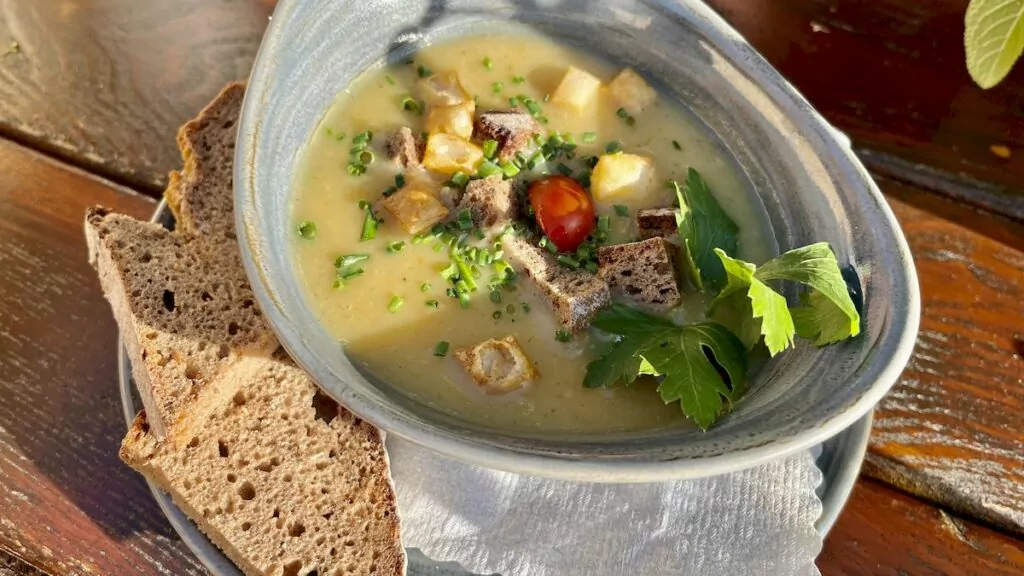
12. potato salad
Another way to serve potatoes is in the form of potato salad. German potato salad often differs from Swedish potato salad, and it can also vary from region to region. The potato salad can be eaten as a side dish with meat or fish, and sometimes it can be topped with bacon.
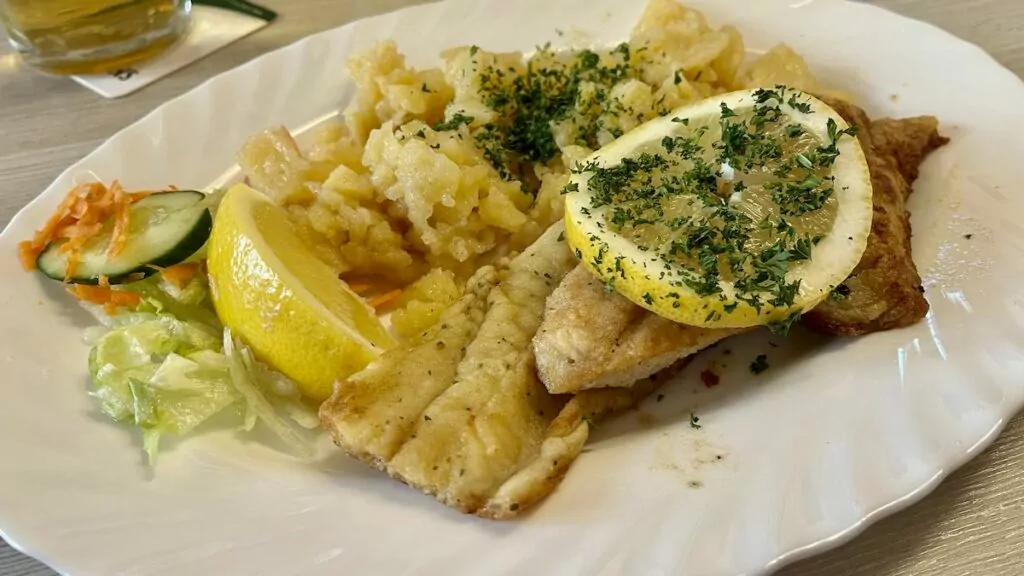
13. flambé cake
Flammkuchen comes from the border area between Germany and France, and can be described as Germany's version of pizza. A thin crispy base is topped with, for example, onions, bacon and crème fraiche. On the French side, the dish is called 'tarte flambée'.

14. kebab kebab
Döner kebab, what does it have to do with Germany? This dish has Turkish origins, but the modern version in bread was actually developed by Turkish emigrants in West Berlin in the 1970s. Today, you can find döner kebabs in fast food restaurants around the country!
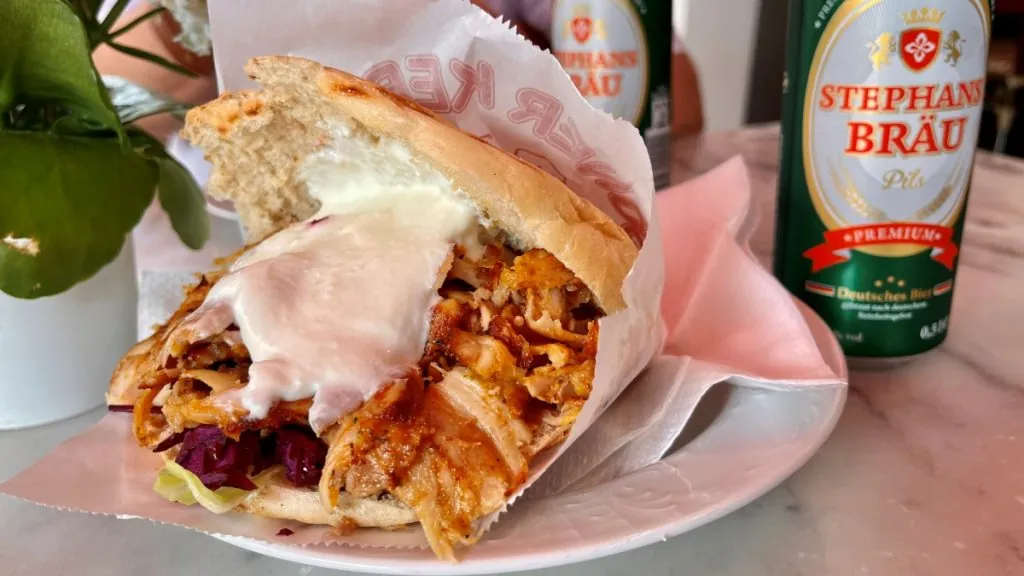
15. rennet sauce
Labskaus is a speciality of northern Germany, particularly Bremen, Hamburg and Lübeck. The dish is reminiscent of both Swedish stew and pytt i panna. A classic place to try it is the restaurant Old Commercial Room i Hamburg.
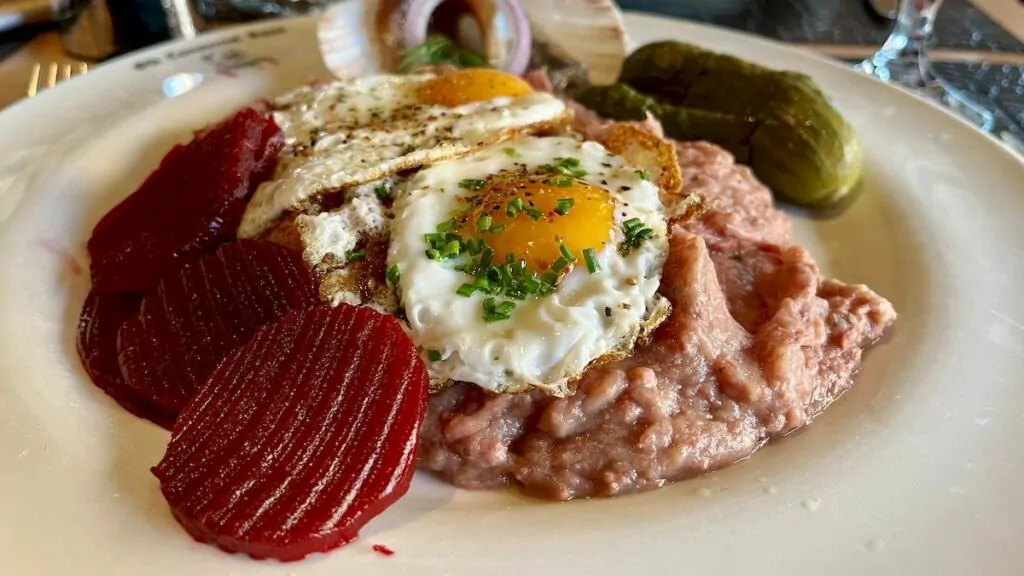
16. Herring and matjes fillet
Pickled herring is not only eaten in the Nordic countries. If you browse through a German grocery store, you will discover a wide range of herring and matjes fillets. You can also find these dishes in restaurants and fast food outlets around the Baltic Sea. The flavour is often different from Sweden, mainly because it is less sweet.
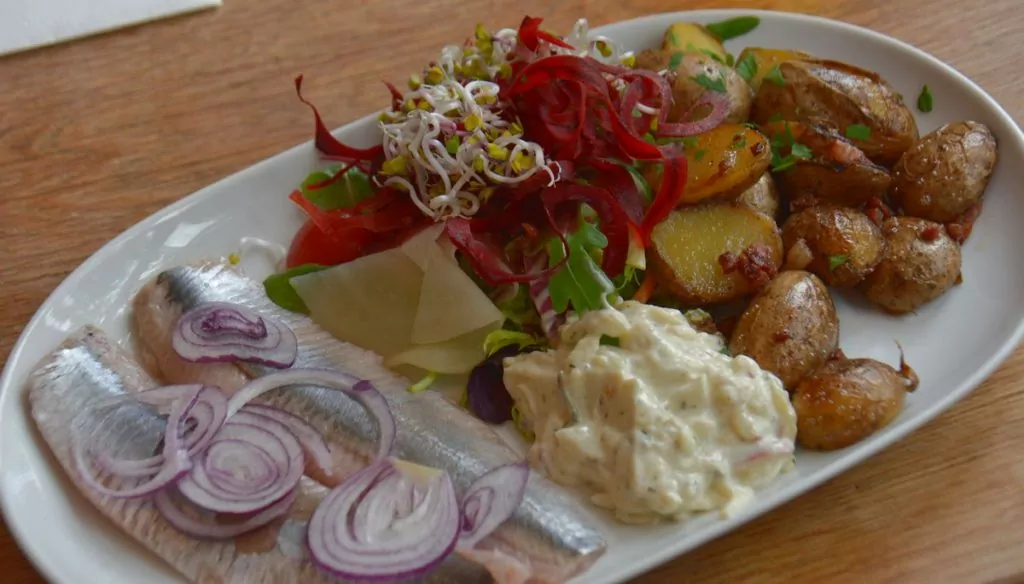
17. fish rolls
Another fish dish common on the Baltic coast is the 'fischbrötchen'. This is simply bread filled with some kind of fish, such as matjes herring, salmon or breaded fish. Simple and often delicious!
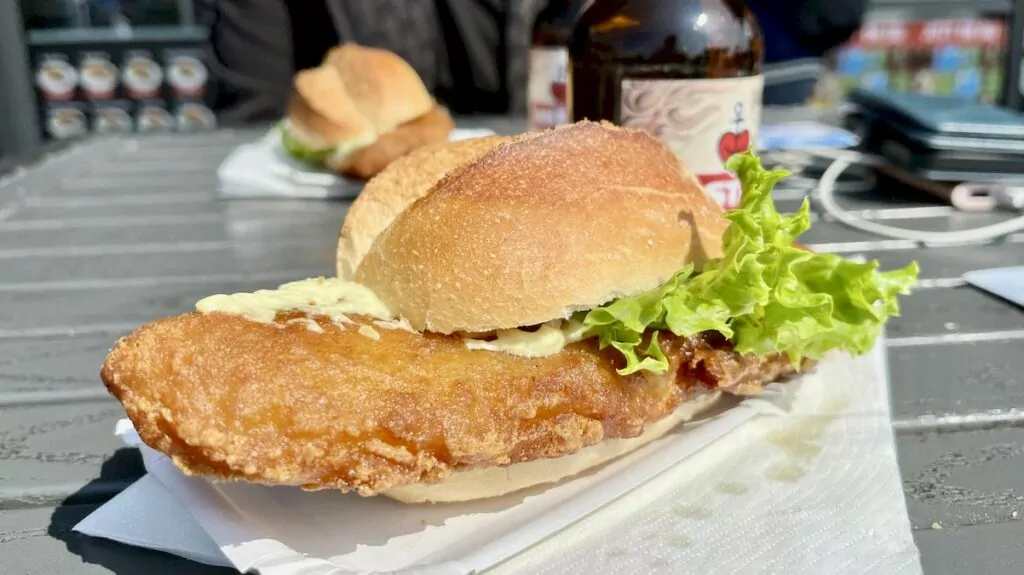
18. Cured meats and cheeses
Do you like charcuterie and cheeses? Well, they do in Germany! It's not unusual to order a tray of local delicacies such as hams, pickles, sausages and cheeses. Remember that the portions are often large!
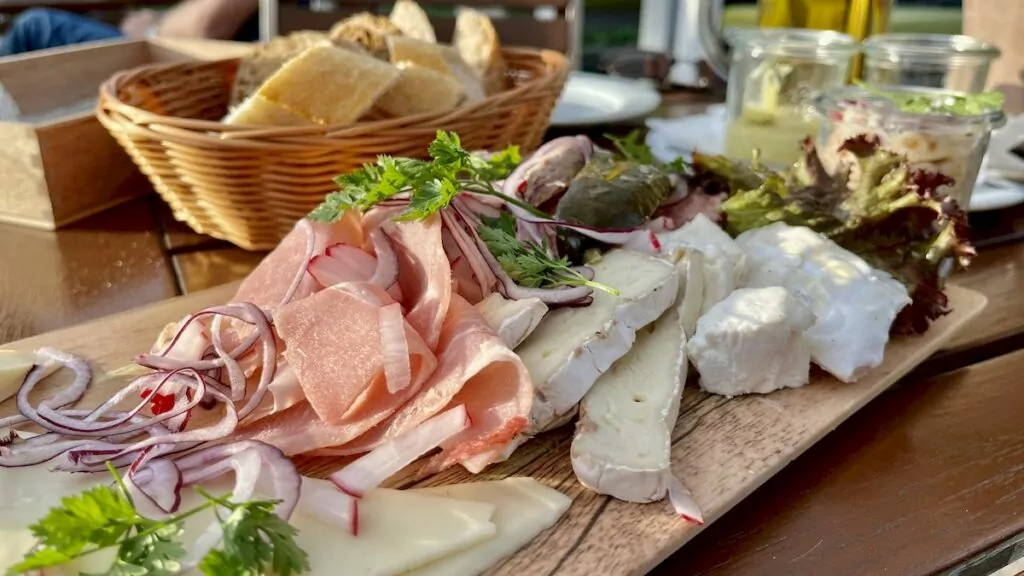
19. asparagus
Asparagus, or spargel, as the delicacy is known in German, is often referred to as 'white gold'. The white asparagus season in Germany starts in mid-April and lasts until the end of June, during which time you can expect to find many asparagus dishes on restaurant menus. In addition, you can discover asparagus routes, asparagus festivals and asparagus queens! Here you can read more about asparagus in Germany.
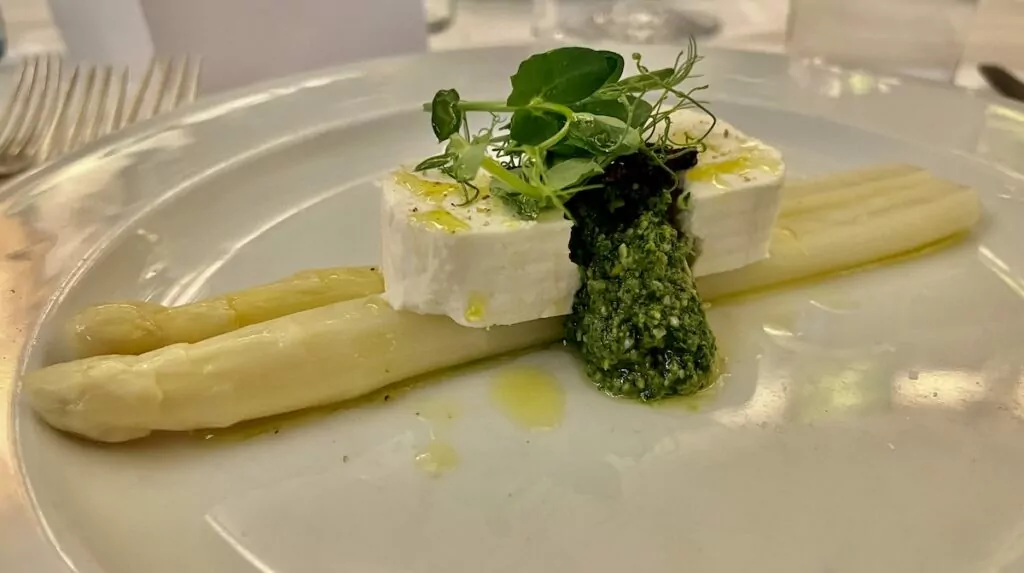
20. pretzel
Pretzel, or Brezel as it may be called in German, is also a classic German food. These pretzels can sometimes be sweet, but it's common for them to be savoury, and the savoury version is often served as a snack with a beer. Delicious!
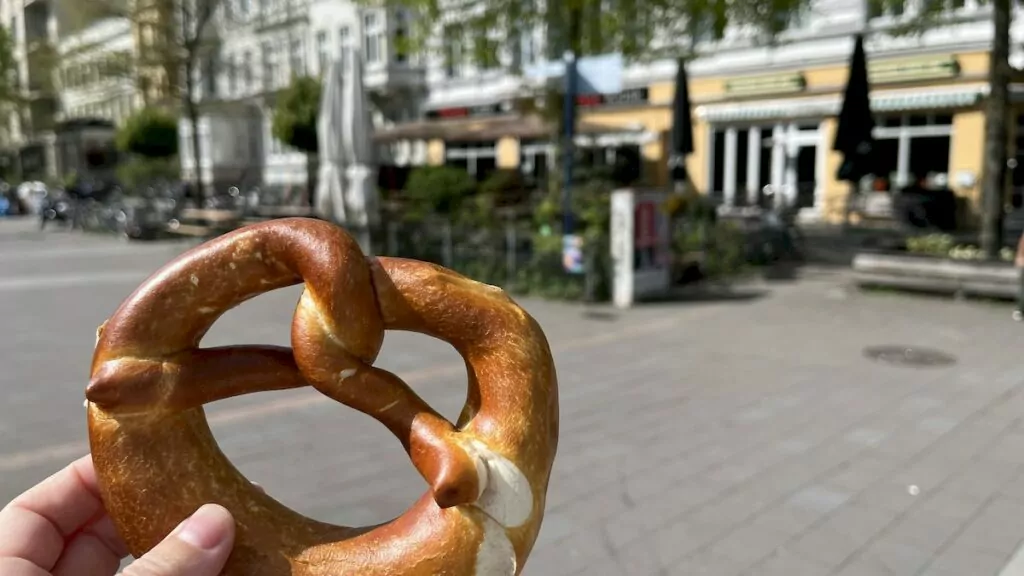
21. apple strudel
Apfelstrudel may be primarily associated with Austria, but this pastry is also very popular in Germany. This sweet is filled with apples and is delicious on its own, or with ice cream or cream.
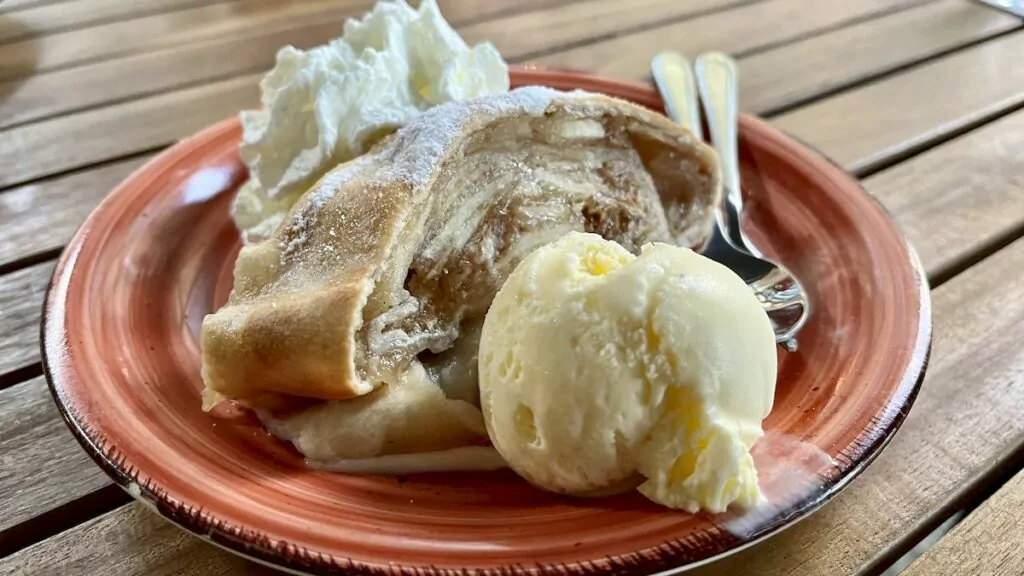
22. marzipan
The German city Lübeck is famous for its marzipan delicacy, which was once reserved for kings and other powerful people. Lübeck marzipan, which is still largely produced by hand, must consist of at least 70% raw marzipan and no more than 30% sugar. On the Café Niederegger you can both shop and visit a marzipan museum.
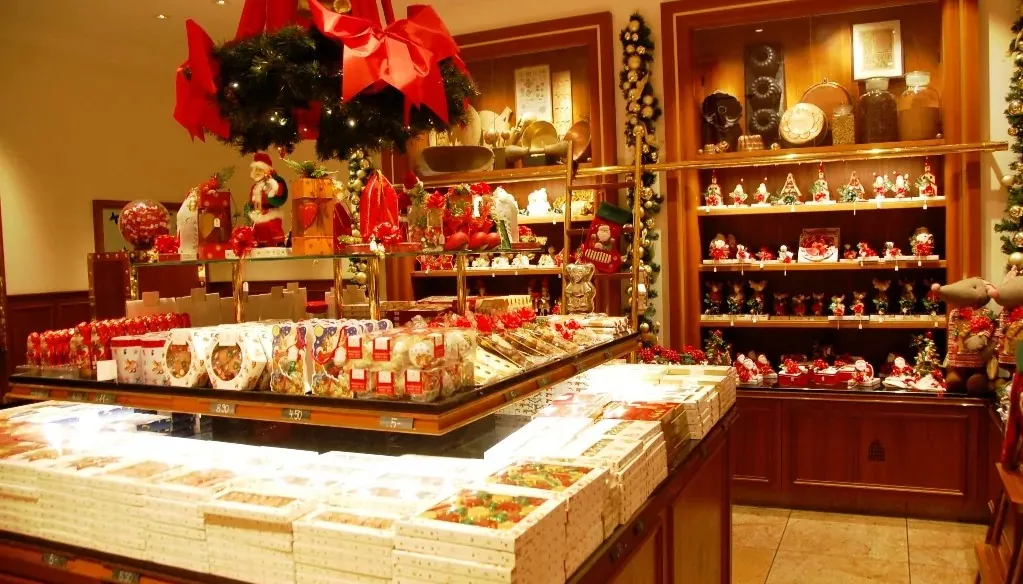
23. gingerbread
Lebkuchen are a type of slightly thicker gingerbread that is eaten in Germany and Austria, among other countries. The cookies are often eaten at Christmas, as is Christstollen, another popular Christmas pastry. Read more about Christmas in Germany here.

24. black forest cake
Schwarzwaltårta, or Schwarzwälder Kirschtorte as it is called in German, is a cake named after the Black Forest mountain region. In Germany, this cake is a fluffy chocolate cake with a centre layer of cherries or cherry jam, garnished with cherries and cream.
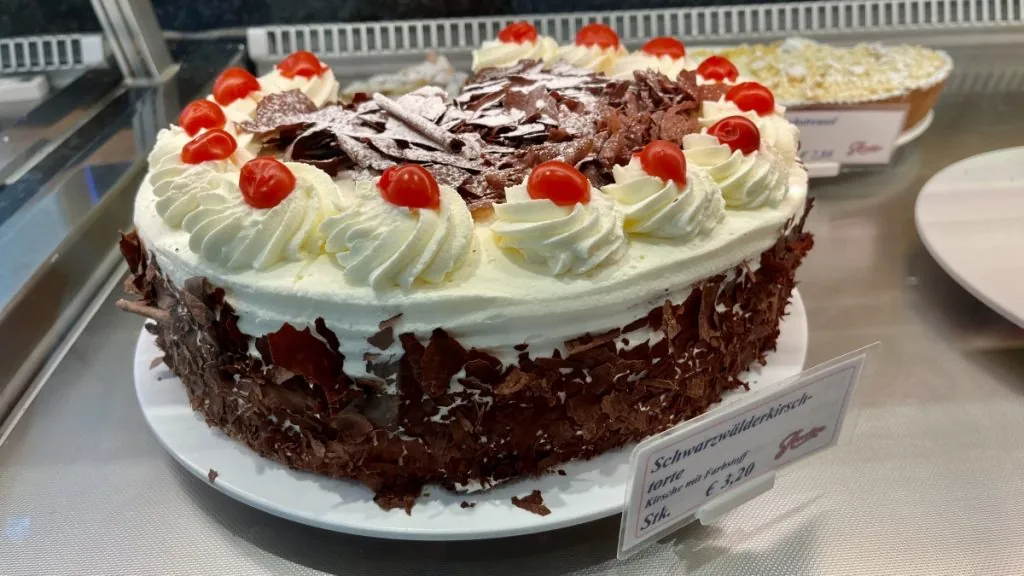
25. Sea buckthorn
Another delicacy that you can find in Germany, including in the German Bundesländer Mecklenburg-Western Pomerania, is sea buckthorn. This vitamin C-rich berry is popular as a flavouring in many different products such as tea, juices, jams, sweets, wine and spirits.
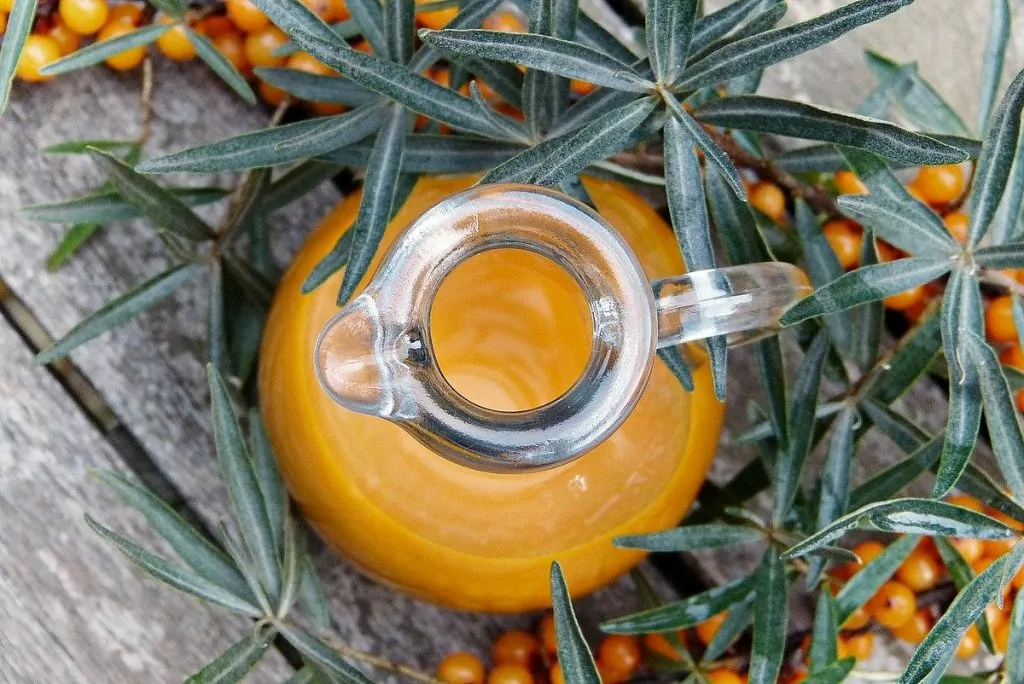
German food in restaurants
In Germany, it is common to find German food in restaurants, while there are of course also fine dining, pizza, Asian restaurants and more. The country has no less than 324 restaurants with at least one Michelin star (2025). Find tips on restaurants in Hamburg here:
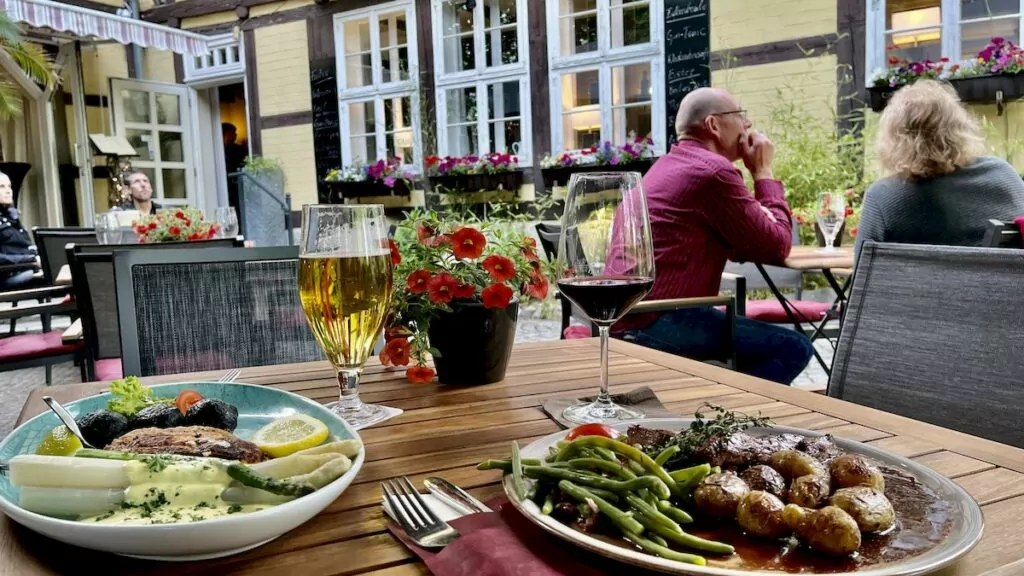
Combining German food and drink
So, how do you combine German food and drink? Both beer and wine are popular in Germany, as are various liqueurs and hot drinks.
Oil in Germany
Beer is perhaps the drink most associated with Germany. There is a widespread beer culture and plenty of small and large breweries around the country - totalling around 1 300 breweries and 5 000 beer brands.
The best-selling brand of beer is Oettinger, although it is mostly sold domestically. At the Swedish Systembolaget you can find Beck's, Erdinger, Löwenbräu, Paulaner and Störtebeker, among others.
A special occasion for getting acquainted with beer in Germany is the Oktoberfest in Munich, which is considered to be the world's biggest folk festival. Read more about Oktoberfest in Germany here.
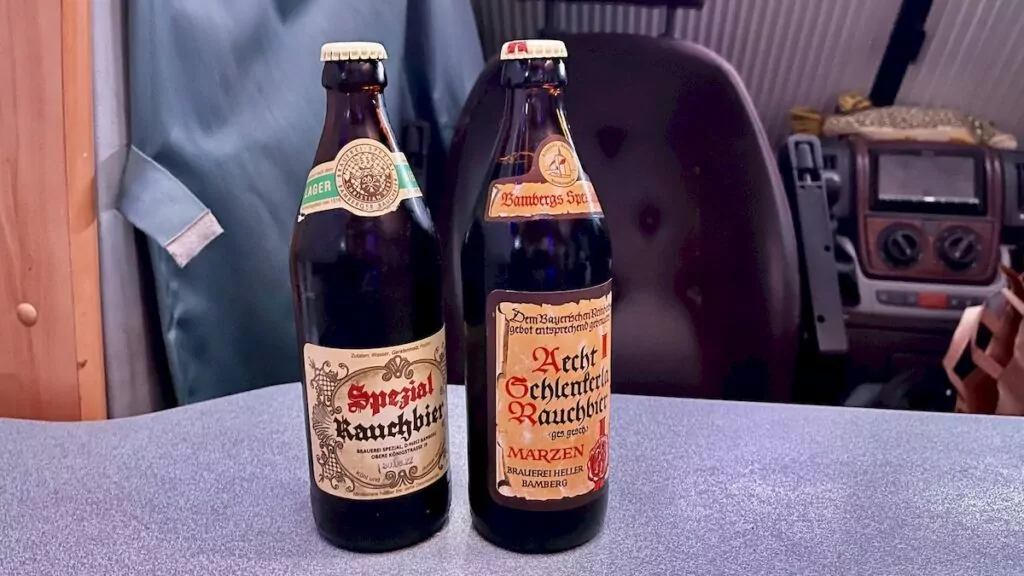
Wine in Germany
Germany has a total of 13 wine regions, 11 of which are located in the south-east of the country. The country is mainly known for white wine and the Riesling grape, but red and rosé wines are also produced. In addition, sparkling wine, known in Germany as cult.
There is an extensive wine culture in Germany and as a tourist you can experience German wines in many different ways. For example, you can visit a wine region, such as Moselle valleysor take part in one of the many wine festivals organised in autumn. Read more about Germany's wine festivals here.

Schnapps, liqueurs and more
In Germany, it is popular to make schnapps and liqueurs from various fruits and herbs. Among others, there is the cherry liqueur cherry, which is used for Black Forest cake. Other alcoholic drinks to try include, for example Jägermeister and Berliner Weisse (a mixture of beer and juice).
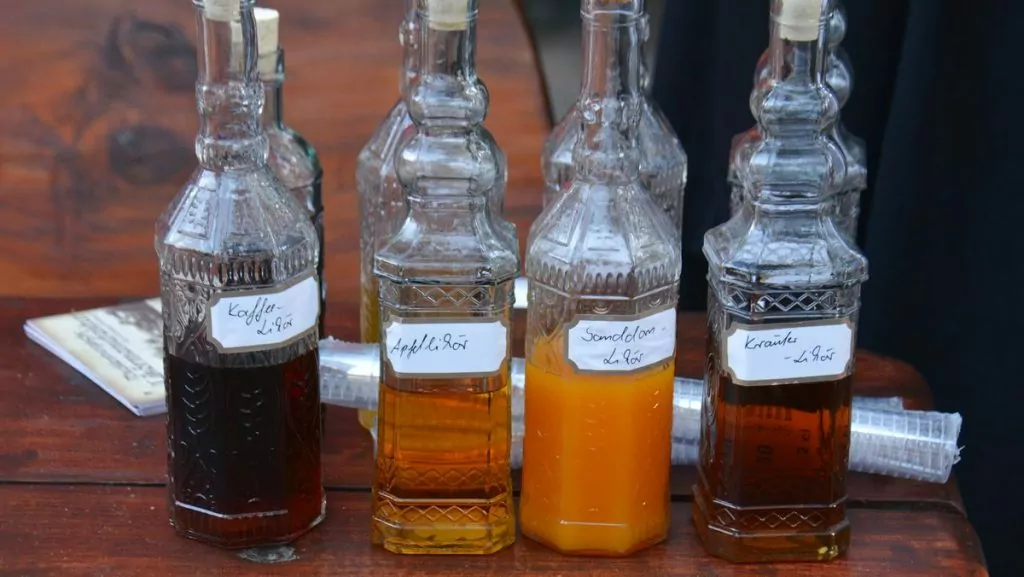
German food - what are your experiences with German cuisine?
What are your experiences with food in Germany? Please tell us!


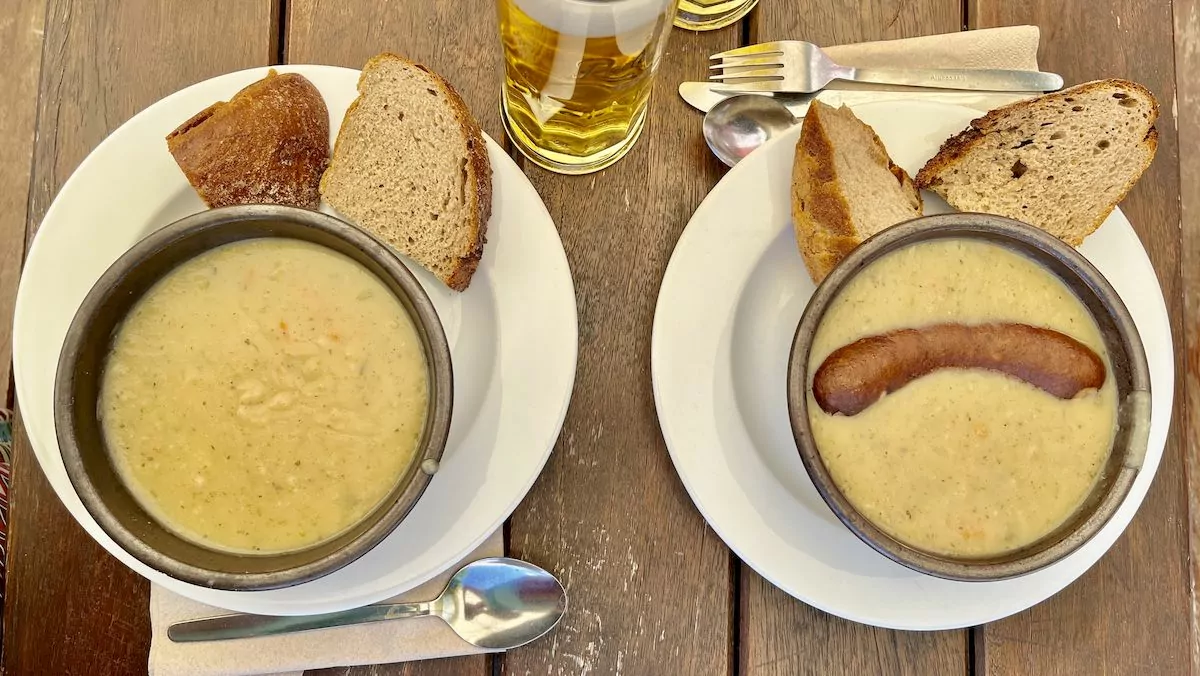







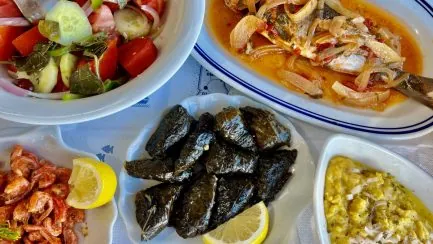
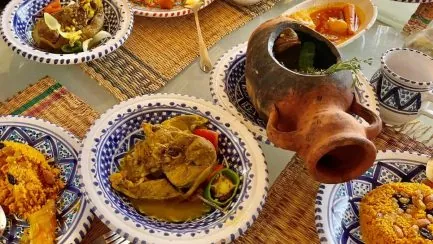


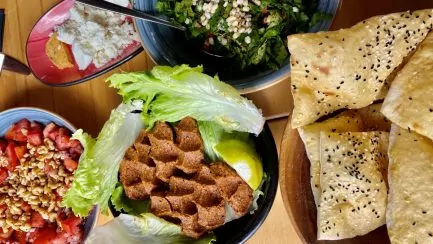



Snows says:
In my experience, German cuisine is underrated because there is some very good food. Admittedly quite strong but one thing is for sure, you don't have to leave the dining table hungry.
I myself love the marzipan from Niederegger.
19 January 2025 - 10:23
Helena says:
There is really nothing wrong with marzipan from Niederegger, sooo good! 🙂
19 January 2025 - 17:18
Channal says:
Hi Helena! What a fun post! Yes, I think it's fun with food and food is really culture! I'm always curious to try something new when I come abroad. I have a lot of prejudices about German food! Just that it is like sauerkraut and map nails: beige and brown! But it is! I don't like sausages, breaded or fried. It becomes sticky as you write. There are certainly a lot of good things and a perfectly breaded schnitzel is not entirely wrong sometimes. Or a sausage with bread. You see, they like matjessill! So good!
KRAM to you! Anna
19 January 2025 - 14:48
Helena says:
I'm glad you like the post! I also find food and culture interesting! Like you, I'm not super fond of breaded and fried, but I can like it in smaller quantities, especially if combined in some good way 😉
19 January 2025 - 18:56
Sara in Barcelona says:
Wow how interesting! German food I have very little control over even if you know some dishes of course, Bratwurst and Wienerschnitzel are not quite obekant☺️ Sauerkraut I love and often buy here.. Labskaus (no15) reminds me a bit of Norrlandspölsa which I actually loved when I was a child😃 Now I have not eaten it since I left my childhood home though...
Thanks for a crash course in German food!
19 January 2025 - 15:04
Helena says:
Glad you appreciated the post! I haven't tried Norrlandspölsa... Labskaus was a bit special. I liked the flavours and the accompaniments, but not really the texture 😉
19 January 2025 - 18:57
Monnah says:
My husband is half-German and has family in Bavaria. In general, the southern German food is much "stabbier" than the northern German. Love it anyway. A perfect sauerkraut stew similar to the one her husband makes - pork loin cooked for a long time in sauerkraut with hard sausage strips, yum! His aunt had a pub for years and her food was fantastic. Now it was probably the chef who cooked, but still. Mittenwald, Bavarian food and the mountains, then I feel good ...
19 January 2025 - 17:46
Helena says:
Thanks for your reflection! Interesting to hear about your experiences!
19 January 2025 - 18:58
BP says:
Having lived and worked in Munich for almost seven years, I recognise most of the dishes. Put it this way, you don't go to Germany and especially not to Bavaria if you want to lose weight. Just like in England, most dishes are served with a sticky but oh so tasty sauce.
I thought grilled pork belly was really good. It was sold just about everywhere, not just in restaurants. Instead of our grilled chickens at ICA, many supermarkets sold grilled pork legs.
I've never actually seen Labskaus, but it looks like Pölsa. I have never seen Flammkuchen either.
Kartoffelpuffer or Reibekuchen is a mix of our råraka and raggmunk, but crispier. Delicious! Kartoffelpuffer was often served with applesauce, something I didn't like.
Nice with a moderate post from Germany:-)
19 January 2025 - 18:04
Helena says:
I understand that you have a good understanding of the German food, and not least in Bavaria then! It differs a bit in different parts ... But there is what is good, clearly! 🙂
19 January 2025 - 18:59
Mr Nilsson's wife says:
Food can be eaten in Germany, have tasted some when we have been there even their breakfast buffet at the hotels is okay. BUT their cakes are terrible. Have never found anyone I think is good 🙂
Kramiz
19 January 2025 - 19:55
Lillan Child says:
I have to admit that I like nothing better than apfelstrudel and marzipan in Germany. Apart from holidays, I've been there on business trips, conferences and training sessions at work, and eaten in both fine dining and regular staff restaurants. But the food is too heavy for me. But a hearty apple strudel used to sit nicely: D
20 January 2025 - 1:22
Hanneles book paradise says:
We have Gourmet Sausages in a couple of places in Gothenburg that serve quality sausages, preferably with sauerkraut, own mustard and other things.
20 January 2025 - 16:34
Linda says:
I read all travelogues with great interest and especially enjoy reading about food. Food is for me also a travelling experience. I like home cooking and if that's what is meant by German food being stodgy/steady then I like it. As said before, you always get full. Have actually tried all the food written about. However, I think you have forgotten the good game food and all the lamb dishes that there is a lot of, as well as trout. Something that I really appreciate is the nice salad plates you get with the food. You rarely get that in Sweden. Food is really a watershed, the flavour is like the cake ...
20 January 2025 - 19:22
Lena in Wales and a bit everywhere says:
I sometimes feel that many people underestimate German cuisine. So good that you bring it up.
Currywurst is my favourite, but not with chips, but with good German potato salad. I have had too many for lunch over the years. Other German sausages are not to be missed either.
Sauerkraut is so good. Can eat way too much of it.
I often bought asparagus to bring home when I was in Germany in the spring.
When I see the cakes, I am ecstatic.
Thanks for the nice post!
29 January 2025 - 11:33